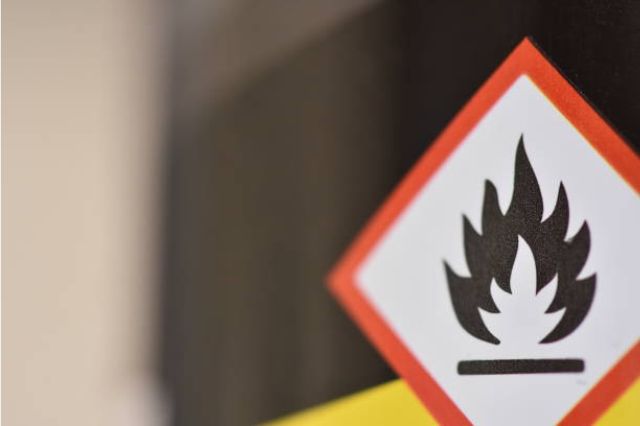Understanding COSHH: A Comprehensive Guide to Workplace Hazard Management

In every workplace, regardless of the industry or nature of operations, there is a significant need to manage risks. For example, in an office environment, there is a need to ensure that staff are suitably trained in manual handling techniques so that they do not become injured when lifting or carrying equipment. The working environment also needs to be assessed to identify potential hazards that could impact on worker health and safety.
These hazards and risks need to be minimized as far as possible to protect the workforce. However, some hazards can come in the form of the materials and substances that are used and stored on the business premises. They may pose a direct risk to human health and need to be handled safely and effectively. In this article, there is a focus on workplace hazards and how some of these fall into the remit of COSHH.
What is COSHH?
For those that are unfamiliar with the acronym, COSHH stands for Control of Substances that are Hazardous to Health. For example, these substances can include flammable materials, substances that are corrosive and can pose a health risk when ingested or breathed in. Many types of materials and substances can pose a hazard to humans if not properly controlled and stored. COSHH guidelines seek to ensure that these substances are used safely and that every available measure is taken to reduce the risk of accidents or injuries occurring in their use. COSHH guidelines and legislation were introduced in the United Kingdom in 2002 and complement the wider health and safety laws that seek to protect workers from avoidable harm. There is a legal implication to comply with these regulations and firms can be fined if they are found to be negligent in following COSHH legislation.
Risk assessments and control measures
To ensure compliance with COSHH requirements, there is a need for companies to undertake comprehensive risk assessments. All substances that have the potential to pose a hazard to human health should be identified in the workplace. This is typically undertaken by the health and safety team or a specialist in COSHH methodology. After logging and assessing all hazardous substances, there should be a consideration of how to safely store them. Companies such as Seton produce secure storage solutions for hazardous substances, which can include robust cabinets that can be locked to limit access to the materials. Firms may need to limit access to certain materials and ensure that only specific staff who need to use the materials can store, use, and access them. All risks with the materials should be identified, and remedial actions taken to minimize them wherever possible.
The need for staff training and supervision
When staff handle, use, or move hazardous substances they should be suitably trained to do so. Training can encompass the need for a dynamic risk assessment to take place before the activity is undertaken. Staff may also need to wear suitable personal protective equipment (PPE) when handling COSHH substances. This can include the use of goggles, protective gloves, or even respirators. Staff should feel confident in handling such materials after they have completed their training in this field. Ideally, staff will be supervised when they undertake such tasks when commencing their roles. This will ensure that best practices can be adhered to and any changes to working methods can be identified.
The post Understanding COSHH: A Comprehensive Guide to Workplace Hazard Management appeared first on The Total Entrepreneurs.
If you re eager to discover more about how we can elevate your digital presence, don t hesitate to explore our full range of services. Click on the link below to delve into a world of tailored strategies, innovative solutions, and a dedicated team ready to amplify your online impact. Your digital success story starts here.
Explore Our Services





